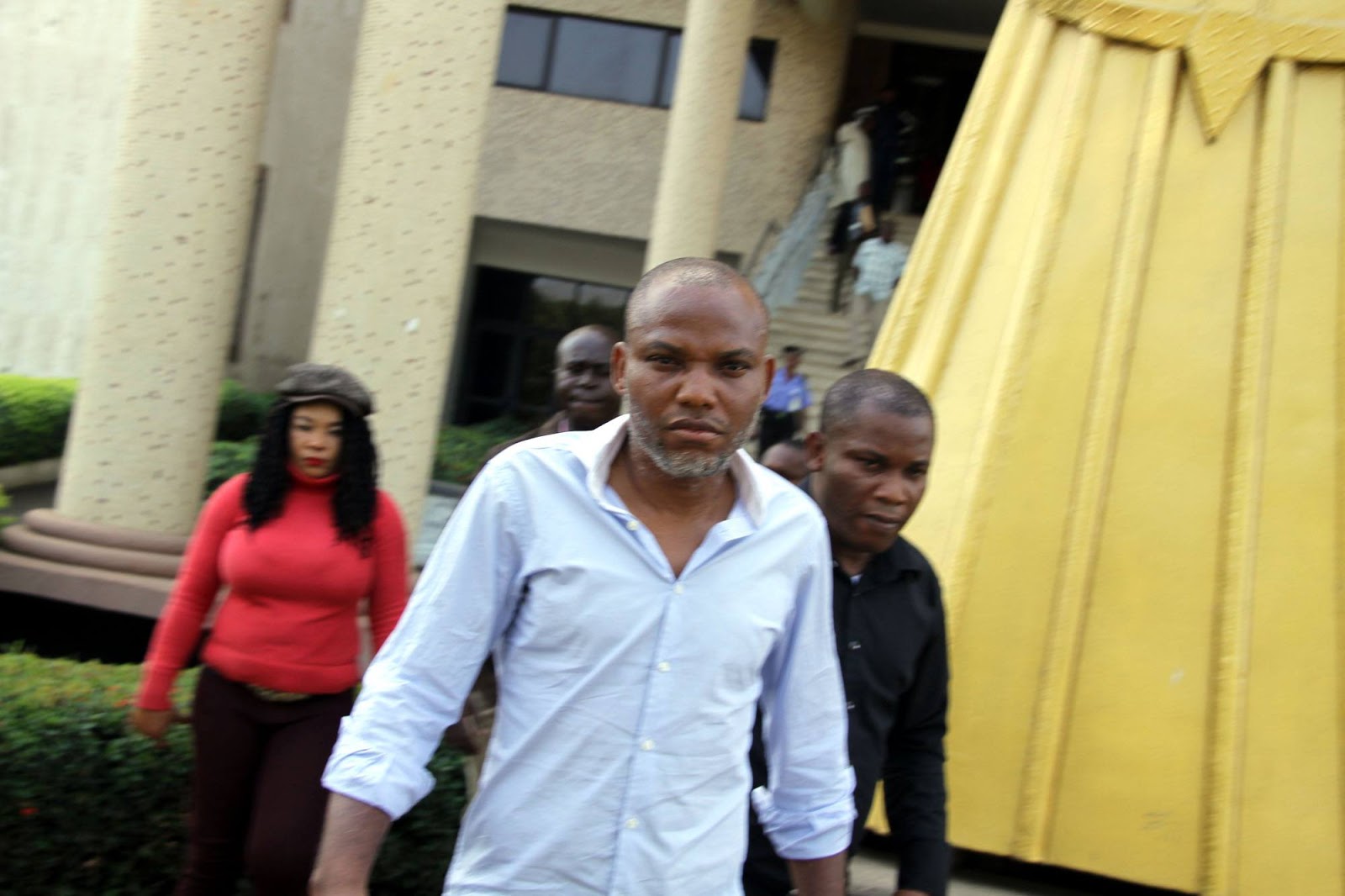

We have a long-term investment strategy, which means the day-to-day fluctuations have no impact on our operating budget. Markets have been uneasy with large peaks and valleys. Investment revenue has fluctuated greatly this year with total other revenue at $50,177. A national search was conducted to replace the outgoing director at the end of the fiscal year.įinancial Position: As of March 7, 2022, JEA’s expenses were $279,629, whereas total revenue is $225,481, which means JEA has a net operating revenue of $-57,665. Employees are capable of working in their offices or at home as needed. Headquarters: The JEA offices are now open and fully staffed in person. Numbers were strong, but not on par with the previous in-person fall conventions. Last fall’s convention was online, the third virtual convention in a row. Membership has started to increase for the first time in the last few years. This spring marks two years since the start of the pandemic crisis. He’s an ex-athlete who has reinvented himself as an actor, taking the kinds of dramatic roles young up-and-comers take when they’re trying to build buzz on the festival circuit, not the easy cameos in high-profile action movies.Membership: Voting membership stands at 2,452, which is an increase from a comparable time last spring. Nnamdi Asomugha isn’t a superstar cashing in and he isn’t playing himself. Showbiz is littered with sports superstars capitalizing on their fame by starring in movies - your Shaqs, your Jim Browns, your Lebrons James - a phenomenon that probably predates movies themselves, dating back to the days when sports page heroes like Babe Ruth played themselves on Broadway. More often they simply leverage one form of stardom for another. We’ve seen athletes become stars, sometimes even stars who act (occasionally even passably), but how many athletes have truly become actors? Now that we’re on the subject, the “becoming” part is also debatable.
#For second act nnamdi preparation byword pro#
Nnamdi Asomugha definitely isn’t the first former pro athlete to become an actor, but he just might be the best at it. Now, after doing Sylvie’s Love, the romantic scripts are the ones that are coming in.’ - W Magazine, Brooke Marine ‘But it’s funny, I played a Trinidadian in a film called Crown Heights, and right after that I started getting a bunch of scripts for the Jamaican guy or the Caribbean guy.

‘That was not in my wheelhouse at all,’ he said. Though Asomugha never saw himself as the romantic lead, ever since he starred as Robert in Sylvie’s Love, romance scripts have been pouring into his inbox. So I’m proud of the fact that I was able to play this role, despite all the challenges that you probably wouldn’t even know that I had going into it’. You can’t show a certain level of vulnerability, which I don’t agree with, but we’ve developed it over time and there was another wall that I had to break down. ‘I think there’s another wall as a Black man that we have where it’s like, you gotta really be macho. So there was that wall that I had to chip through,’ he said. No matter what happens, if you lost the game, you have to get the facts without getting outside of yourself. ‘You can’t really show emotion or vulnerability. ‘As a football player, as an athlete, there’s sort of a wall that we develop over time,’ he went on.

(Paul Thomas Anderson’s “The Master” is another exception.) This quality of immobility has a social and fundamentally political significance: the sculptural bearing of people reflected their awareness of being seen, the rigid norms that they’d internalized, the sense of wary constraint and stringent judgment (whether abstractly moral or religious) that held people still until they took the existential leap into action. With their graceful, virtually choreographic poise, Thompson and Asomugha revive the lofty art of dynamic stillness, which is exemplary of classic cinema, certainly through the mid-sixties, but which very few period movies capture. ∿rom the very beginning of the movie, its confected artifices, in the manner of Hollywood studio movies of the period, are as prominent as the stars: when Sylvie is waiting outside Town Hall, her pleated teal dress and white gloves and clutch are as photographically arresting as her searching gaze, just as the narrow marble lobby, with its ornate metal fixtures, is as active as Robert’s confident stride from the studio to the street.


 0 kommentar(er)
0 kommentar(er)
